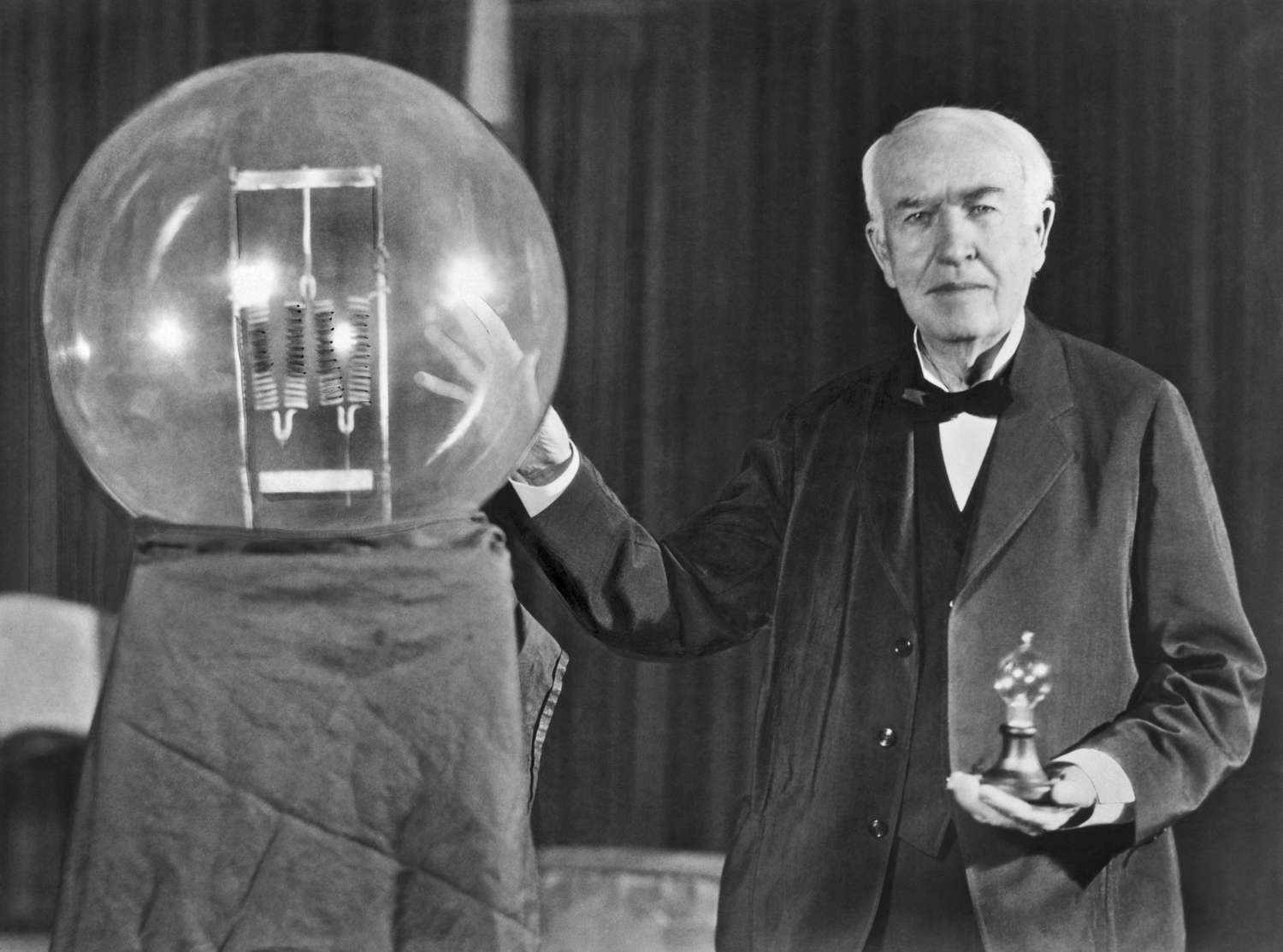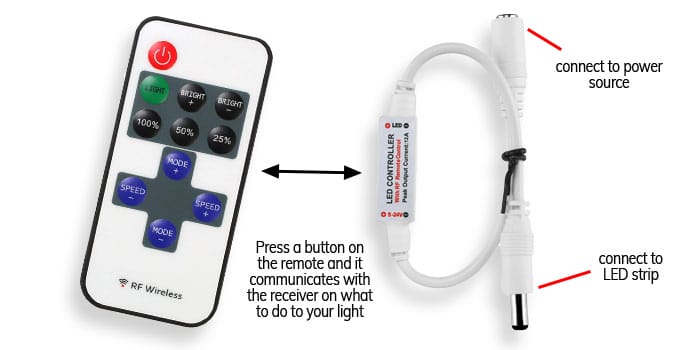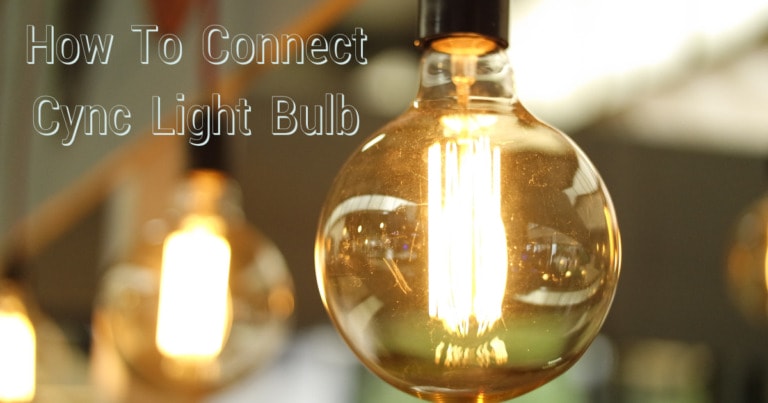
Have you ever wondered when the electric light bulb was invented? Well, get ready to travel back in time and discover the fascinating story behind this revolutionary invention!
In the late 19th century, the world was still reliant on gas or oil lamps for illumination. But then, a brilliant mind named Thomas Edison came along and changed everything.
Edison, a renowned inventor and entrepreneur, made it his mission to create a practical electric light bulb. Let’s dive into the exciting journey that led to one of the most important innovations in history!
When Was the Electric Light Bulb Invented?
The electric light bulb was invented in 1879 by Thomas Edison. This invention paved the way for modern lighting and changed the way we live and work. Before the electric light bulb, people relied on candles and gas lamps for illumination. Edison’s invention brought light into homes, streets, and buildings, transforming the world forever.
1. The Early Pioneers of Electric Lighting
Early Experiments
The journey towards the invention of the electric light bulb began with several individuals conducting experiments in the late 18th and early 19th centuries.
One notable figure was Sir Humphry Davy, an English chemist, who demonstrated the incandescent effect using voltaic arc lamps in the early 1800s. Although these early attempts produced light, they were not suitable for widespread use due to their complex and expensive nature.
The Invention of the Incandescent Lamp
The credit for the invention of the practical incandescent lamp goes to Thomas Edison. In the late 1870s, Edison and his team of researchers, known as the “Edison Pioneers,” focused their efforts on developing a reliable and commercially viable electric light bulb. After countless experiments and iterations, Edison finally succeeded in creating a practical solution in 1879. His carbon filament lamp, perfected through trial and error, marked a significant milestone in the history of electric lighting.
The Impact of Edison’s Invention
Edison’s invention of the incandescent lamp transformed the way we illuminate our homes, streets, and workplaces.
Prior to the electric light bulb, lighting was primarily fueled by gas or oil, which had its limitations. The introduction of electric lighting opened up new possibilities for extended hours of productivity, improved safety, and enhanced quality of life.
It sparked a wave of innovation and technological advancements that led to the electrification of cities and the rise of the modern world.
2. Advancements in Electric Light Bulb Technology
Improving Efficiency with Tungsten Filaments
While Edison’s carbon filament lamp was a significant breakthrough, it wasn’t as efficient or long-lasting as desired.
Over the years, researchers focused on finding alternative filament materials that could enhance the bulb’s performance. In the early 20th century, William D. Coolidge introduced the use of tungsten filaments, which greatly improved the efficiency and durability of electric light bulbs. This advancement marked a new era in electric lighting technology.
The Introduction of Fluorescent Lighting
In addition to incandescent lighting, the development of fluorescent lighting brought about another major shift in the lighting industry.
The invention of the modern fluorescent lamp is credited to inventors such as Peter Cooper Hewitt and George Inman. Fluorescent lighting offered improved energy efficiency and a longer lifespan compared to traditional incandescent bulbs. It quickly gained popularity and became a common choice for various applications, from commercial spaces to homes.
LED Lighting and the Future
In recent years, the advent of LED (Light Emitting Diode) technology has revolutionized the lighting industry once again.
LED lights consume significantly less energy, have a longer lifespan, and offer endless possibilities in terms of design and functionality. As the demand for energy-efficient lighting grows, LED lighting continues to evolve and shape the future of illumination.
Frequently Asked Questions
Here are some common questions about the invention of the electric light bulb and its history.
Who invented the electric light bulb?
The electric light bulb was invented by Thomas Edison in 1879. Edison was an American inventor and businessman known as one of the greatest inventors in history. His creation of the practical incandescent light bulb revolutionized the way people lived and worked, and it paved the way for the modern lighting industry.
Edison’s light bulb consisted of a filament inside a glass bulb that was filled with a low-pressure gas. When electricity flowed through the filament, it would heat up and emit light. Although other inventors had been working on similar ideas, Edison’s design was the first to be commercially successful and widely adopted.
How did the invention of the electric light bulb impact society?
The invention of the electric light bulb had a profound impact on society. Prior to its invention, people had to rely on other sources of lighting, such as candles, kerosene lamps, and gas lamps.
These sources were often inefficient, expensive, and hazardous. The electric light bulb provided a safer, more reliable, and more affordable option for lighting homes, businesses, and streets.
The widespread adoption of electric lighting also had significant social and economic implications. It extended the hours that people could work and engage in activities, leading to increased productivity and economic growth.
It improved the quality of life by providing better visibility and reducing the risk of accidents and fires. Additionally, electric lighting allowed cities to expand and flourish, as it made it possible to illuminate large areas, creating a more vibrant and vibrant night-time environment.
What was the impact of the electric light bulb on the environment?
The invention of the electric light bulb had both positive and negative impacts on the environment. On the positive side, electric lighting reduced the dependence on natural resources such as candles and gas for lighting, which helped to conserve those resources. It also reduced the pollution associated with burning fossil fuels to generate gas for gas lamps.
However, the widespread use of electric lighting also increased energy consumption, leading to the need for more power generation. In many cases, this power generation still relied on burning fossil fuels, which contributed to air pollution and greenhouse gas emissions. The challenge of finding cleaner and more sustainable ways to generate electricity remains an ongoing issue in combating environmental concerns.
Did Thomas Edison invent the first electric light bulb?
While Thomas Edison is often credited with inventing the electric light bulb, he was not the first person to come up with the idea or create a working prototype. Several inventors and scientists had been experimenting with electric lighting before Edison. For example, Sir Humphry Davy demonstrated an electric carbon-arc lamp in the early 1800s.
However, Edison’s contribution was in developing a practical and commercially viable version of the electric light bulb. He made crucial improvements to the design, such as using a filaments made from carbonized bamboo, which significantly increased its lifespan. Edison’s innovative approach and business acumen played a major role in popularizing the electric light bulb and making it accessible to the masses.
Has the design of the electric light bulb changed over time?
Yes, the design of the electric light bulb has evolved significantly since its invention. While the basic principle remains the same – passing an electric current through a filament to produce light – the materials and technologies used have improved.
Traditional incandescent light bulbs, like the ones Edison invented, have become less common due to their low energy efficiency. They produce a lot of heat and use a significant amount of electricity compared to newer lighting technologies.
As a result, there has been a shift towards more energy-efficient alternatives, such as compact fluorescent lamps (CFLs) and light-emitting diodes (LEDs). These newer designs can produce the same amount of light while using less electricity and lasting longer, making them more environmentally friendly and cost-effective in the long run.
Thomas Edison invented the practical electric light bulb in 1879. Before that, there were other versions, but they weren’t as useful. Edison’s bulb lasted longer and was more efficient, making it a big deal.
Many people had ideas about the light bulb before Edison, but he was the one who made it work well. His invention changed the world and improved our lives by giving us light at any time of day. It was a bright idea!






